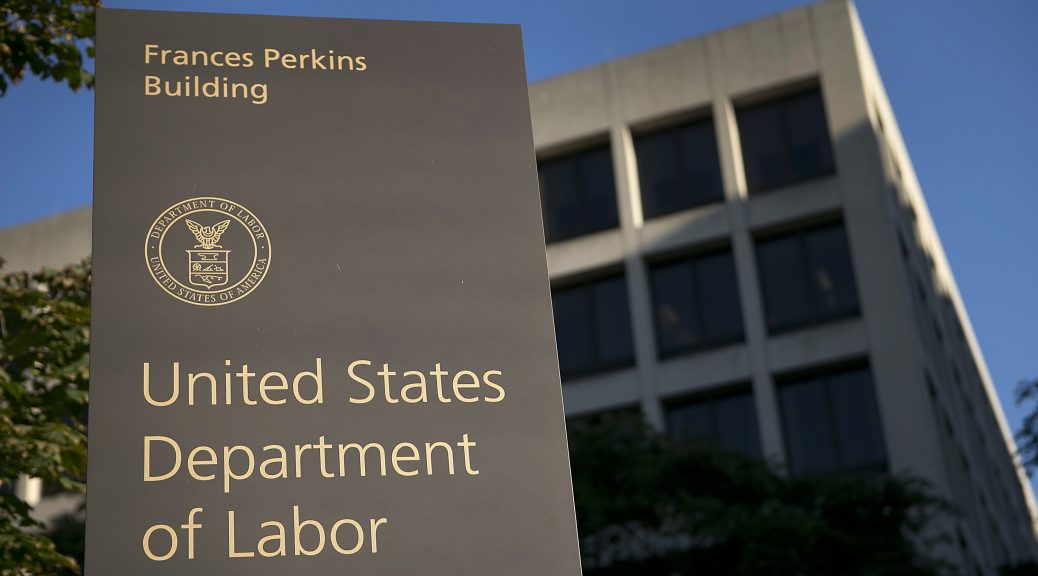As the Coronavirus situation continues, employees are laid off and/or take paid sick days, there are many questions about how these situations affect Florida unemployment benefits (called “RA benefits”). The Florida Department of Economic Opportunity (DEO) operates the Reemployment Assistance Service Center and CONNECT website that processes employee unemployment claims. Here are some important questions and answers for employers and employees shared by DEO. Since the Reemployment Office, not the employer, makes benefit decisions, employees should be encouraged to complete an online RA application to determine their individual eligibility for RA benefits. Also, visit the DEO COVID-19 Resources webpage for more information.
Can employees go to a local CareerSource office to apply for benefits? No. Employees must file for benefits by going online to https://connect.myflorida.com and follow the instructions. Paper applications are also being accepted, but the processing could potentially take longer than an online application. FedEx is offering free printing and mailing options for paper applications at over 100 storefronts on Florida.
What employees are eligible for RA benefits? An employee is eligible to apply for RA benefits due to being on a temporary layoff. If on a temporary layoff, you do not need to seek work with other employers but must be able to work, stay in contact with your employer and be available to work when called back by your employer. For the company closed, no work is available, or your position was eliminated due to budget cuts and you have not been given a return to work date (permanent layoff), an employee is eligible to apply.
Is the one week waiting period waived? Yes, for a limited time. On April 1, Governor DeSantis directed DEO to waive the required wait week to receive RA benefits from March 28 through May 8, 2020.
If an employer reduces employee hours as a result of COVID-19, are RA benefits available? Maybe. If employee hours have been reduced significantly, they are encouraged to apply for RA benefits. The Re-employment Office will review and determine eligibility.
If employees do not want to work due to risk of exposure to COVID-19, are they eligible for RA benefits? No. RA benefits are available to individuals who are unemployed through no fault of their own, assuming all other eligibility requirements are met.
If an employee is forced to remain at home because they are quarantined by a medical professional or by government direction, is he/she eligible for RA benefits? Maybe. To receive RA benefits, an employee must be able and available for work.
If an employee stays home with children because schools are closed, are they eligible for RA benefits? RA benefits are available to individuals who are unemployed through no fault of their own. If you are out of work due to personal reasons, you will not qualify for RA benefits. You can file an application online to determine the possibility of receiving benefits.
Are self-employed people eligible for Florida RA benefits? Since self-employed individuals generally do not pay Unemployment Insurance taxes, they are not eligible for RA benefits.
Are self-quarantined individuals eligible for RA Benefits? To receive RA benefits, an individual must be able and available for work. Able to work means physically and mentally capable of performing the duties of the occupation in which work is being sought. Available for work means actively seeking and being ready and willing to accept suitable work. An individual may be considered available for work if there are no limitations placed on the individual that would constitute withdrawal from the labor market. If you are on a temporary layoff you must be available to work only for the employer that has temporarily laid you off.
Will an employer’s tax account be affected by RA Claims for COVID-19 Reasons? Currently, there are no modifications to Florida law regarding employer’s chargeability, contributions and/or reimbursements. Employers are encouraged to provide detailed responses on the Notice of Claim regarding how COVID-19 affected the temporary or permanent separation or leave of absence. Employers will receive their Notice of Claim in their CONNECT inbox.
Can an Employee receive RA Benefits if they are told to go home for medical reasons? While on paid medical leave, an employee would not be considered “unemployed” under Florida RA laws. Therefore, if an employee is receiving paid leave benefits, they are ineligible for RA benefits. However, if an employee is on unpaid leave, they may be eligible depending on the circumstances of the leave of absence.








